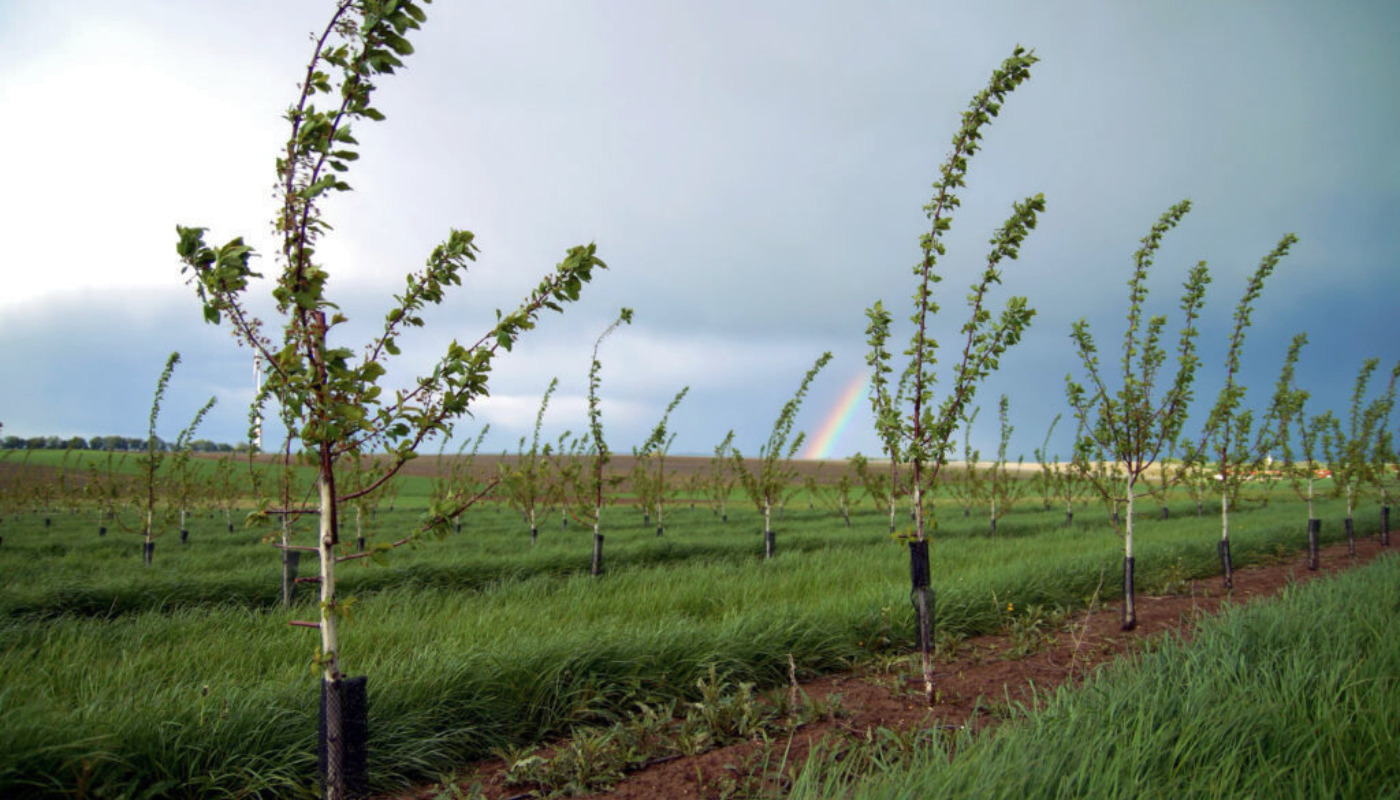Every year new producers and investors become interested and choose to enter the cherry business, but before starting, it is important to define certain factors that will help us establish our entry into the industry and develop the orchards.
Varieties and climate
As our experts have mentioned in previous articles, each variety has its characteristics and needs, there are some that are better suited to certain climates than others and therefore, the first thing is to recognize the place where we will grow our garden. In this sense, recognizing the site in climatic terms with respect mainly to the accumulation of cold hours in the dormant period is key.
In colder areas, for example, varieties that allow later harvesting tend to work better, while in warmer scenarios an early variety may be a good option.
However, this does not determine that later varieties can be implemented in early zones and vice versa, since this decision is not governed 100% by climatological and thermal aspects, but rather with the objective of lengthening the harvest window.
To be clearer, implementing Santina in a cold area may become an option, for example, because, although it is classified as an early variety, it also has the ability to adapt to mid-season or late seasons, which allows us, start with Santina in a later area as a test.
“Another example is what happens with the Sweetheart variety. Although it is a late harvest, if it is placed in an early area, this could work, mainly because it requires little accumulation of cold, which could lengthen the harvest,” explains Carlos Tapia, agronomist, founder and director of Avium, and advisor. technician in Chile.
Soil and rootstock
Once the variety to plant has been selected, it is important to choose the rootstock that will accompany it. This must be suitable for both the type of soil and the variety/rootstock combination. It is recommended to avoid using a variety with low fruit set (or fertility) on a vigorous rootstock and for more fruit-setting varieties, it is recommended to use rootstocks of lower vigor, also considering that the less vigor the rootstock has, the lower the caliber potential.
The rootstock is governed directly by the soil condition. The different rootstocks have different adaptation characteristics in different types of soil. On the one hand, in very water-retentive and clay soils, the Colt rootstock is the one that best adapts. In lighter soils, the MaxMa 14 or MaxMa 60 series could be an alternative, and in the case of loam to clay loam soils, the Gisela® series conditioning Gisela® 5, 6 or 12, could also be an alternative.
Driving system
Next, you must decide on the driving system, which will be determined by two main factors; 1) the way of working that best suits the producer and 2) the variety/rootstock combination. The weaker the combination, the greater the focus on the central axis, considering not to abuse diluting a predetermined vigor according to the characteristics of the site to be planted. The more vigorous, the greater the tendency towards vigor dilution systems, such as Y-Trellis or KGB driving systems, among others.
“Having the rootstock and the variety, one should present the proposal for a conduction system. The more vigorous the rootstock, the more the combination used would need to dilute the vigor in some conduction system that allows distributing the force of the plant, mainly speaking of a multi-axis, a Y-trellis or a KGB. The less vigor the rootstock has, in the case of Gisela in the extreme, it does not make much sense to dilute the vigor because probably the condition of the plant will always be fair or due to the vegetative recovery of the orchard. These three lines are presented on how to proceed in the choice of these materials and the choice of the conduction system with respect to new projects” emphasized the specialist.










